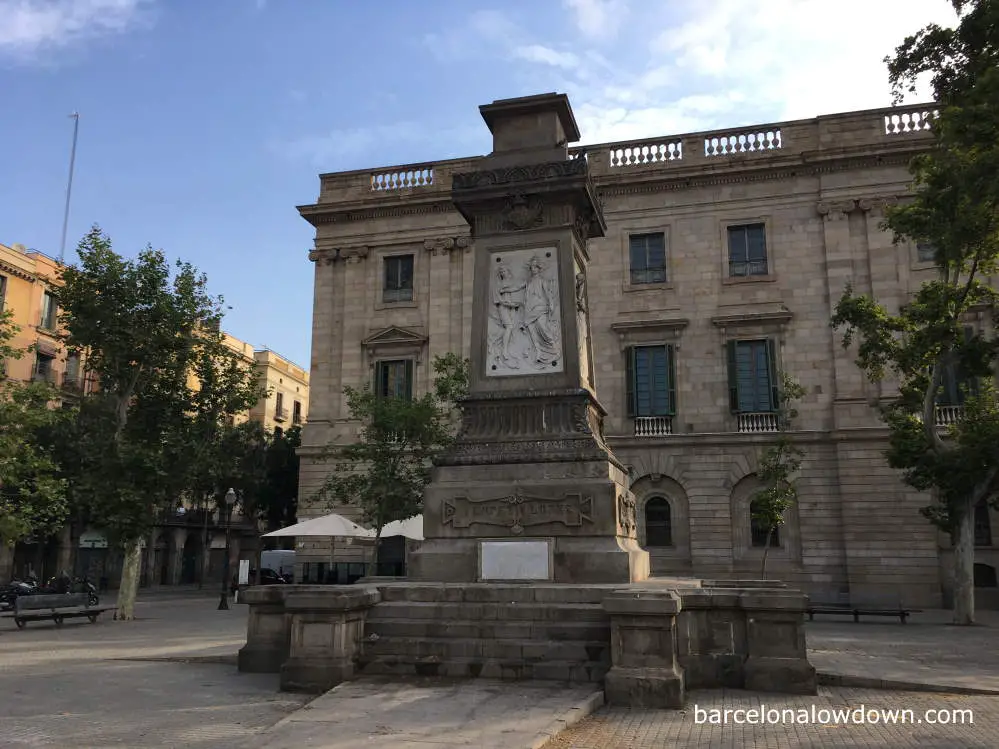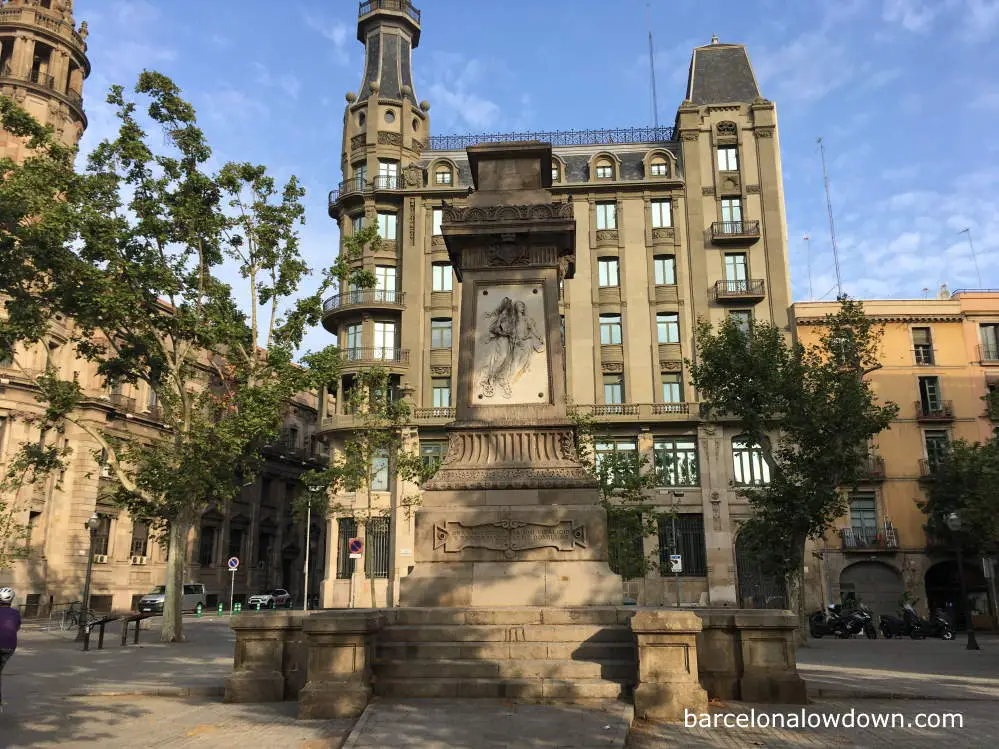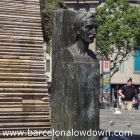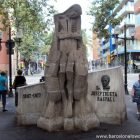Many of Barcelona’s squares and plazas feature large and impressive statues. Some of the statues are decorative works of art, while others are monuments which honour famous people.
Some of the monuments honour kings or heroes of yesteryear. Others feature famous artists, writers, politicians and wealthy businessmen.
One such monument was the statue of Antonio López y López, which, for more than a century, took pride of place in a square at one end of Via Laietana.

Also known as the Marques of Comillas, López was a nineteenth-century businessman who formed the Banco Hispano Colonial bank and earned a vast fortune transporting slaves to Cuba.
Although today, the idea of building a monument to a notorious slave trader might seem incredible. During the eighteenth and nineteenth centuries, the slave trade was just another business opportunity and a very lucrative one at that.
Having said that, even in the nineteenth century, not everyone was fond of slave traders, and shortly after the monument was installed in 1884, Antonio Lopez’s own brother-in-law is reported to have said the following:
What do you think, Spaniards, of this indignity? What do the people of Barcelona think? They can be very proud of having a shark in human flesh standing in one of their public squares, paying homage to a man who was notorious for his cruelty on the island of Cuba, before he earned his fame on the Peninsula with his piles of money and lavishness. That square could rightly be called Slave Square, because it is a monument to and glaring elevation of all those who trade in human flesh.

Whatever the people of Barcelona thought at the time, the square next to Barcelona Central Post Office bore the name and statue of Antonio López for more than a century.
By the early two thousands, however, several of Barcelona’s landmarks had become controversial or offensive, and people began putting pressure on the local government to remove them.
First to go were the statues and street names honouring the Spanish dictator Francisco Franco and his cronies. Then, in 2018, Barcelona city council removed the monument to Antonio López and changed the plaza’s name to Idrissa Diallo, in memory of a young Guinean woman who died after being detained while climbing over the fences at the border between Morocco and Melilla in 2011.
Today, the only reminder of the square’s former identity is the large stone plinth, once the monument’s base, which still bears the name Antonio López y López. The statue itself is now in storage in a warehouse belonging to the Barcelona History Museum.
Location
The plinth of the monument to Antonio López y López is located in the middle of Idrissa Diallo Square in Barcelona’s Gothic Quarter. The monument is in storage in the MUHBA museum.
How to get there
Idrissa Diallo Square is approximately halfway between Jaume I and Barceloneta metro stations on the L4 yellow line.
Other attractions nearby
Map
Plaça Idrissa Diallo, Barcelona




